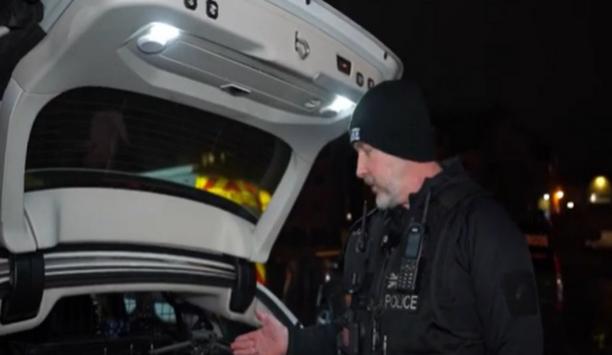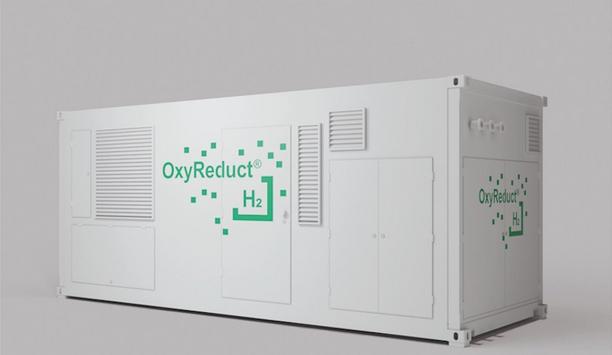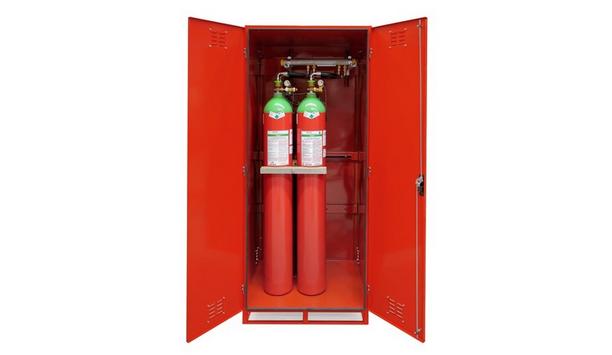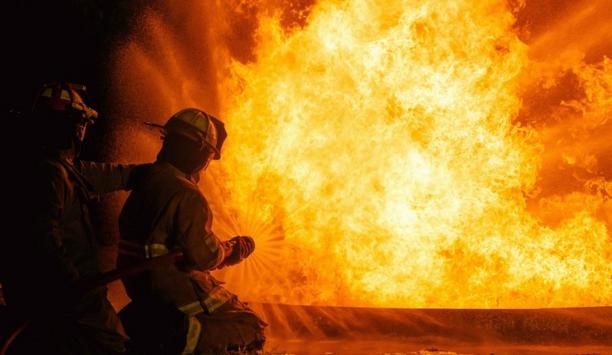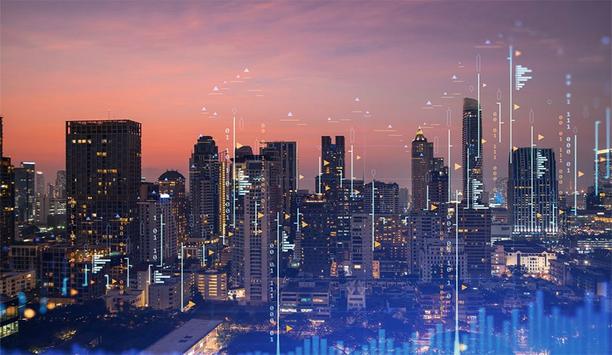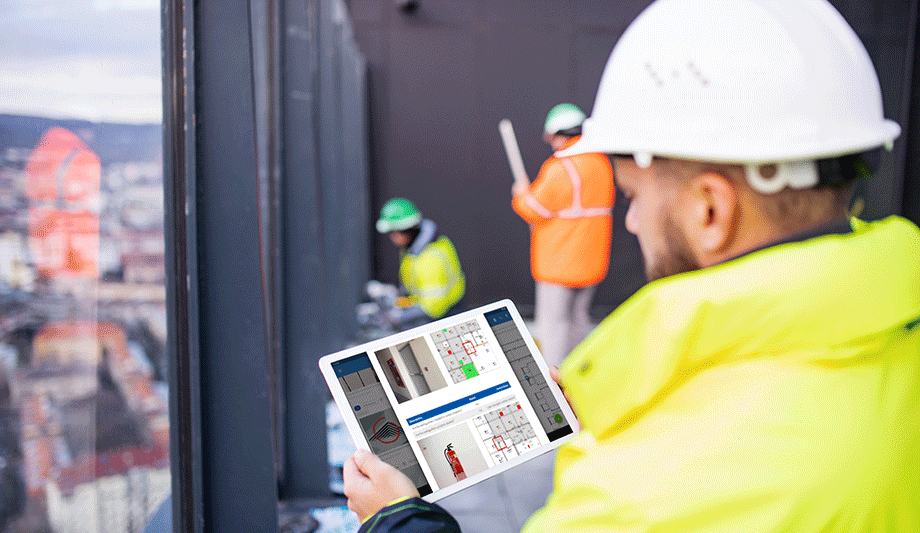When it comes to sustainability reporting, the so-called Scope 1, 2 and 3 definitions are slowly becoming the global standard by which companies account for their Green House Gas (GHG) emissions. In brief;
- Scope 1 emissions cover the Green House Gas emissions that are owned or controlled by a company. For example, emissions coming from owned vehicles and boilers are included in this Scope.
- Scope 2 emissions account for the indirect emissions originated from the purchased electricity, steam, heat, and cooling.
- Lastly, Scope 3 emissions encompass the residual indirect emissions not covered by Scope 2. These emissions incorporate all greenhouse gases for which the company holds responsibility within its supply chain. Examples of Scope 3 emissions include those from leased vehicles, water usage, and transportation, among others.
Carbon neutrality in 2030
VIKING has invested heavily in gathering precise and granular emission data
Since 2021, VIKING has invested heavily in gathering precise and granular emission data and thus creating the needed transparency throughout the global Scope 1, 2, and 3 emissions. There is no doubt about the complexity of the calculations of the Green House Gases, and VIKING has experienced this complexity since 2021, when it started the journey towards carbon neutrality in 2030.
In the course of this journey, they have learned and created a multi-year plan of targeted initiatives that also involve close collaboration with the suppliers and customers to map the full greenhouse gas inventory in both the upstream and downstream value chain of VIKING.
Standardized data-driven approach
Whereas 2022 was a year where they focused mainly on their own production and use of materials, 2023 was a year where they expanded these insights through a global and standardized data-driven approach:
- In 2023, they worked closely with the transportation partners to get an overview of emissions from transportation while also optimizing transportation patterns to reduce the carbon footprint.
- Similarly, they have used a data-driven approach to map and reduce their own emissions from transportation, including business trips to and from global locations.
- In 2023, they have also invested significant resources in mapping and reducing the emissions that arise from the service of the products, whether this service takes place at the customer’s location, or products are transported to one of the global service stations for maintenance.
- Finally, in 2023, they have expanded and strengthened the collaboration with the key global suppliers, working together to increase transparency. They will continue and accelerate this work in 2024 and beyond.
global emission data model
These data all add to the already existing global emission data model, which includes electricity
These data all add to the already existing global emission data model, which includes electricity, water, heating, and cooling, as well as all of the major materials and other dimensions.
To ensure consistency and reliability, they continued the close collaboration with external expert companies whose extensive data platforms help companies worldwide calculate, document, and share their company’s and products’ carbon footprint based on leading life-cycle science.
Greenhouse Gas (GHG) Protocol
These two years of calculation have empowered VIKING to construct a comprehensive picture of its Scope 1, 2, and 3 emissions in accordance with the Greenhouse Gas (GHG) Protocol. This representation has been assembled using consistent data collected across the various sites, supplemented by certain robust assumptions.
These assumptions are anticipated to be refined in the forthcoming years as more data becomes available. This iterative process underscores VIKING’s commitment to continuous improvement in its environmental impact assessment.

